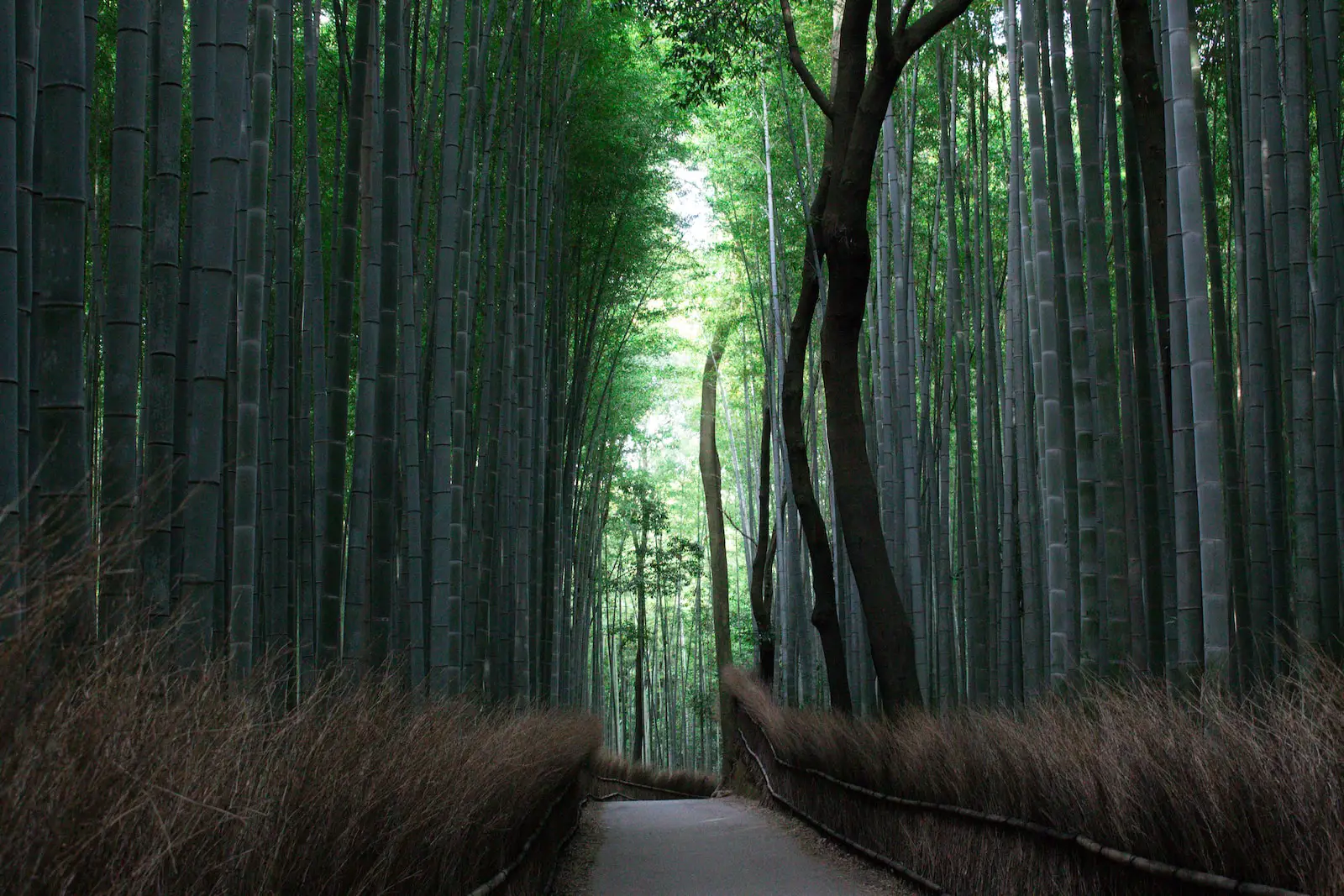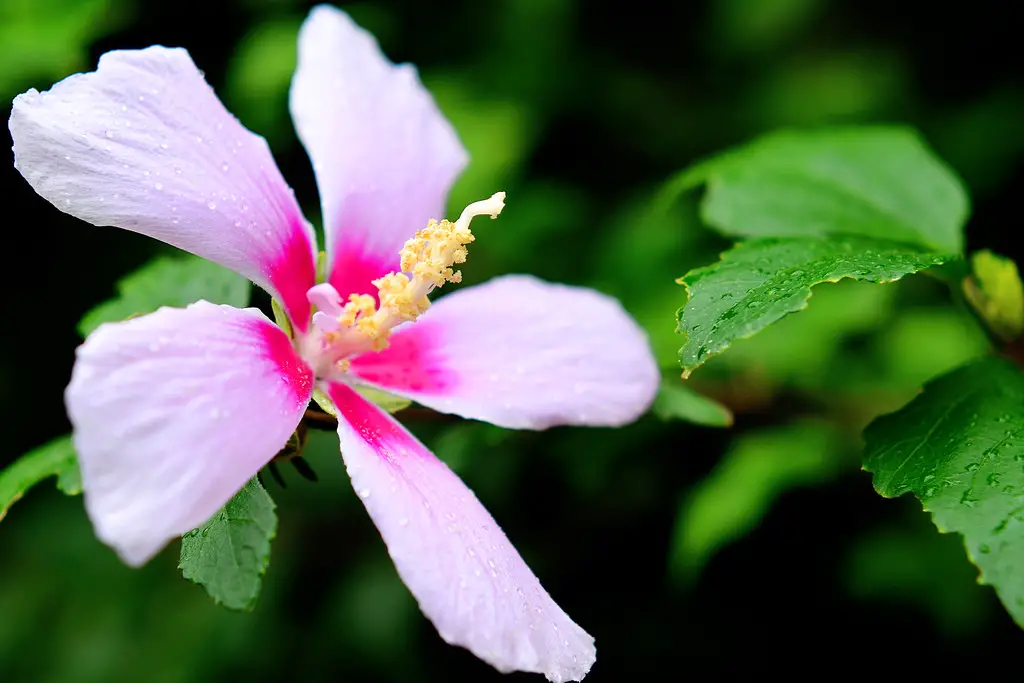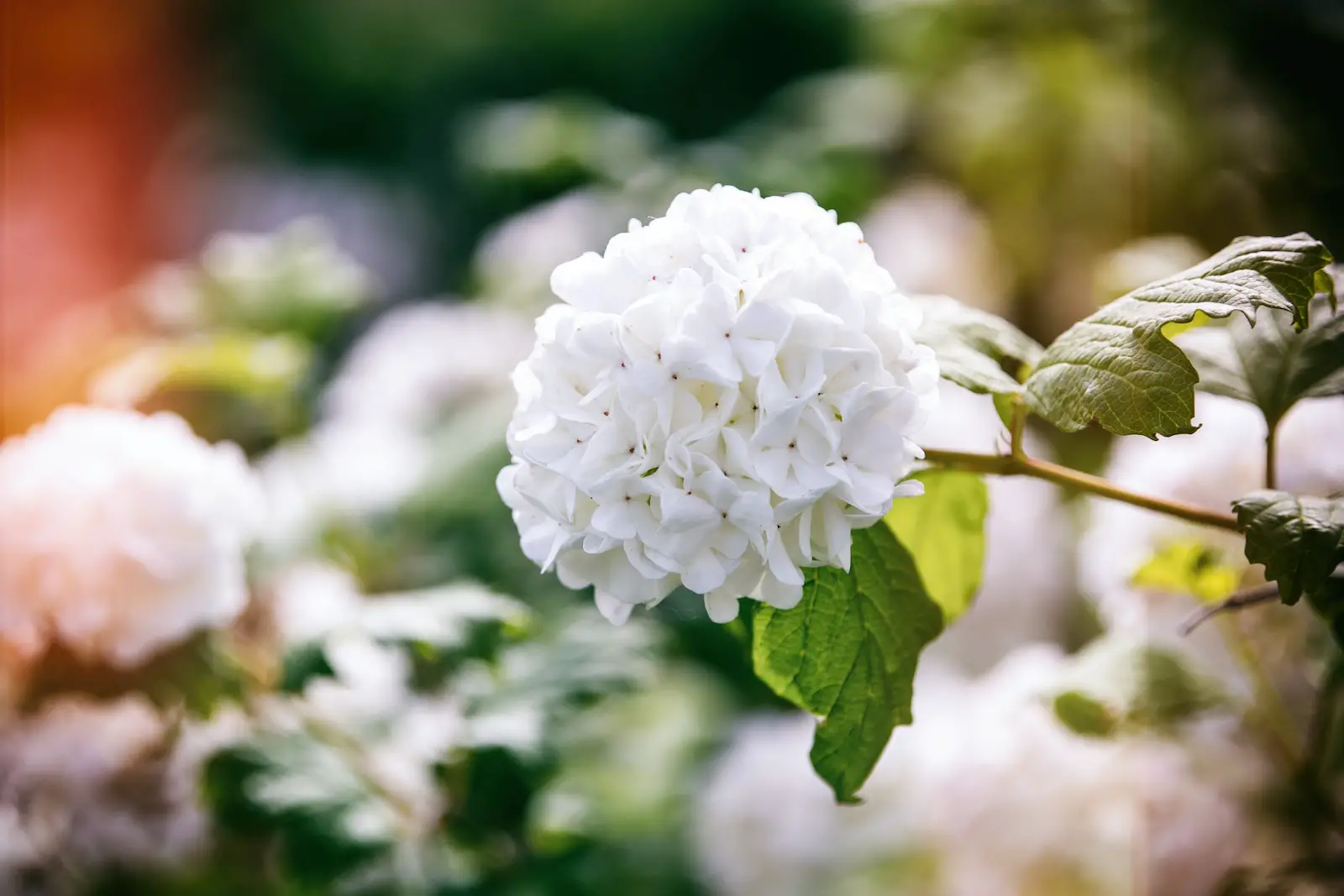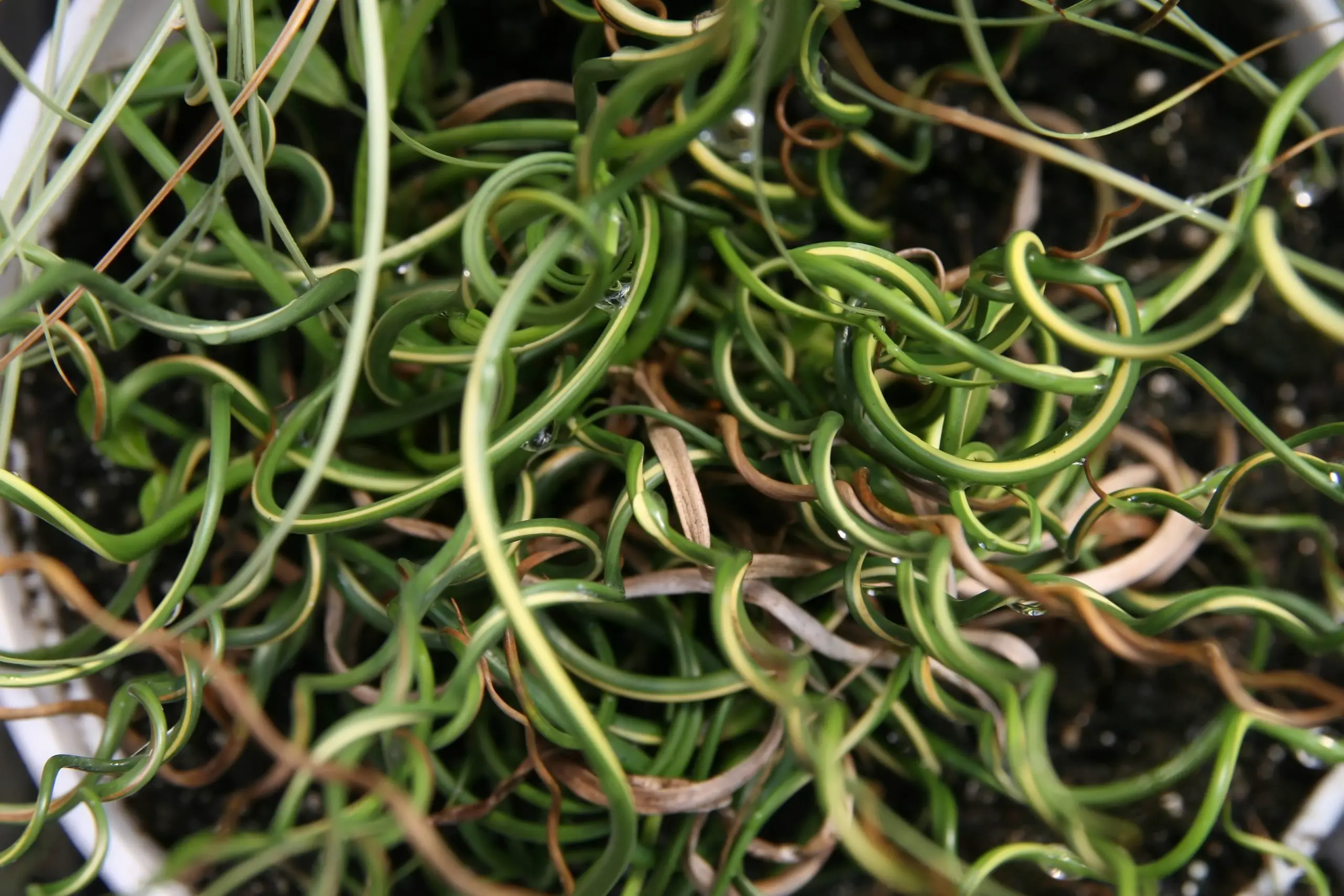Clumping bamboo is a distinctive and elegant plant, popular in many landscapes for its dense growth and attractive appearance. Unlike running bamboo, which can spread aggressively, clumping bamboo grows more compactly, making it an excellent choice for creating natural screens or barriers. Its tall, graceful canes and lush green leaves add an exotic and serene touch to gardens.
Native to various regions, including China, Japan, and Southeast Asia, clumping bamboo is available in many species and varieties. These bamboos have rhizomes that turn upwards and stay close together, creating a ‘clump’ growth pattern that makes them more manageable in the garden setting.
The versatility, aesthetic appeal, and relatively easy care of clumping bamboo have made it increasingly popular in modern landscaping. Whether utilized as a standalone feature or a background plant, its unique appearance and growth habit make it a valuable addition to various garden styles.
| Attribute | Details |
|---|---|
| Common Names | Clumping Bamboo |
| Botanical Name | Bambusa spp. and others |
| Family | Poaceae |
| Plant Type | Perennial Grass |
| Mature Size | 10-20 feet (varies by species) |
| Sun Exposure | Full Sun to Partial Shade |
| Soil Type | Well-drained, Loamy |
| Hardiness Zones | 5-11 (varies by species) |
| Native Area | China, Japan, Southeast Asia |
Clumping Bamboo Care
Clumping bamboo is known for being relatively low maintenance, especially compared to its running counterparts. Properly planting and positioning clumping bamboo ensures that it thrives without becoming invasive.
Soil preparation, correct watering, and periodic feeding and pruning are essential to keep clumping bamboo looking its best. While it is less aggressive in spreading, some attention to controlling its growth and maintaining its appearance is beneficial.
Light Requirement for Clumping Bamboo
Clumping bamboo prefers full sun to partial shade. While it can grow in various light conditions, inadequate sunlight can lead to less vigorous growth and fewer leaves. A site with morning sunlight and afternoon shade or filtered sunlight throughout the day usually works well.
Soil Requirements for Clumping Bamboo
Well-drained and loamy soil rich in organic matter is ideal for clumping bamboo. While it can adapt to a variety of soil types, avoiding overly wet or heavy clay soil helps prevent root rot and other issues. Soil pH should be slightly acidic to neutral.
Water Requirements for Clumping Bamboo
Clumping bamboo requires regular watering, especially during the establishment phase. It prefers consistent moisture but does not like to be waterlogged. Once established, clumping bamboo is relatively drought tolerant but benefits from supplemental watering during dry spells.
Temperature and Humidity
Clumping bamboo is typically hardy in USDA zones 5-11, but this can vary by species. It prefers warm temperatures but can tolerate some cold, depending on the type. Higher humidity levels are generally beneficial, replicating the native environment of many bamboo species.
Fertilizer
A balanced slow-release fertilizer applied in the early spring encourages healthy growth and development. An additional feeding in mid-summer can support continued growth. Avoid over-fertilizing, as excessive nutrients can cause weak and uncontrolled growth.
Pruning Clumping Bamboo
Pruning helps maintain the desired size and shape of clumping bamboo. Removal of lower leaves and thinning of crowded canes improves appearance and airflow. Late winter or early spring is the best time for major pruning tasks.
Propagating Clumping Bamboo
Clumping bamboo is often propagated by division. This can be done in the spring or fall by carefully digging up and separating a section of the clump, ensuring that each division has roots and canes.
How To Grow Clumping Bamboo From Seed
Growing clumping bamboo from seed is a complex and time-consuming process. It requires specific conditions for germination and is typically left to specialists. Most gardeners prefer to buy young plants or propagate through division.
Common Pests & Plant Diseases
Mites
Regular monitoring and insecticidal soap can control mite infestations.
Fungal Diseases
Good airflow and proper watering practices prevent most fungal diseases.
Common Problems With Clumping Bamboo
Yellowing Leaves
Over-watering or poor soil drainage can lead to yellowing leaves.
Weak or Spindly Growth
Inadequate sunlight or over-fertilizing can result in weak or spindly growth.
Pro Tips
- Provide adequate space for the mature size of the clump to avoid overcrowding.
- Mulching helps retain moisture and suppress weeds around the base of the bamboo.
- Select the right species for your climate and desired appearance.
- Monitor for pests and address promptly to prevent spreading.
- Consider planting in a large container if control over spread is a concern.



